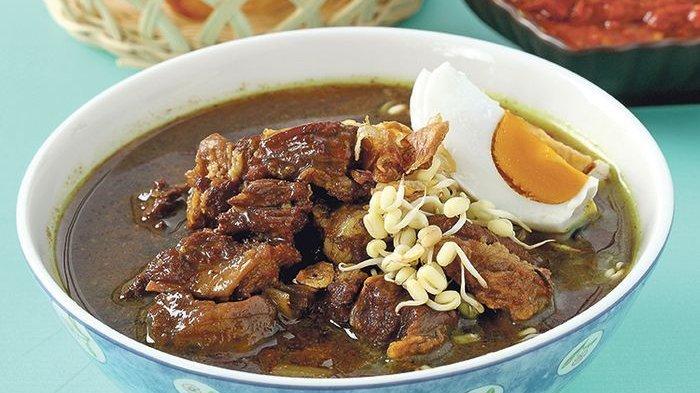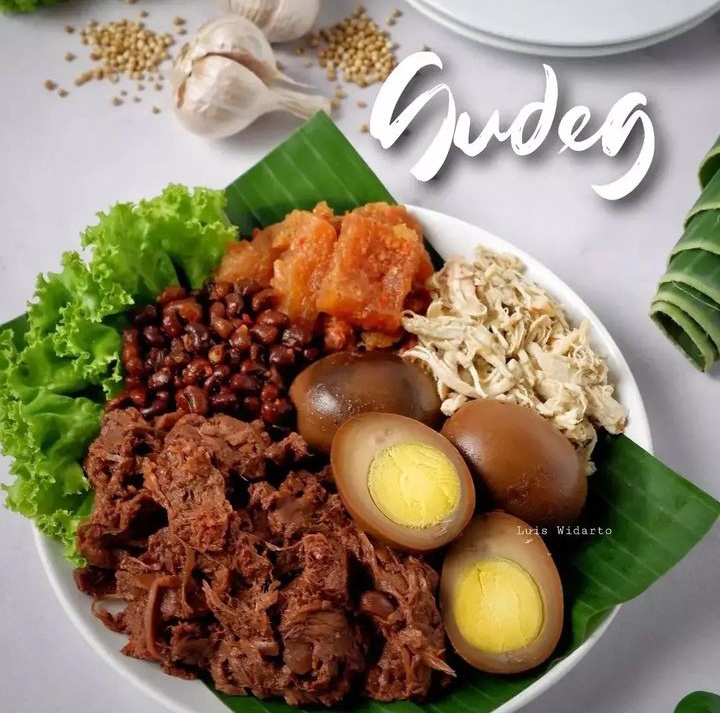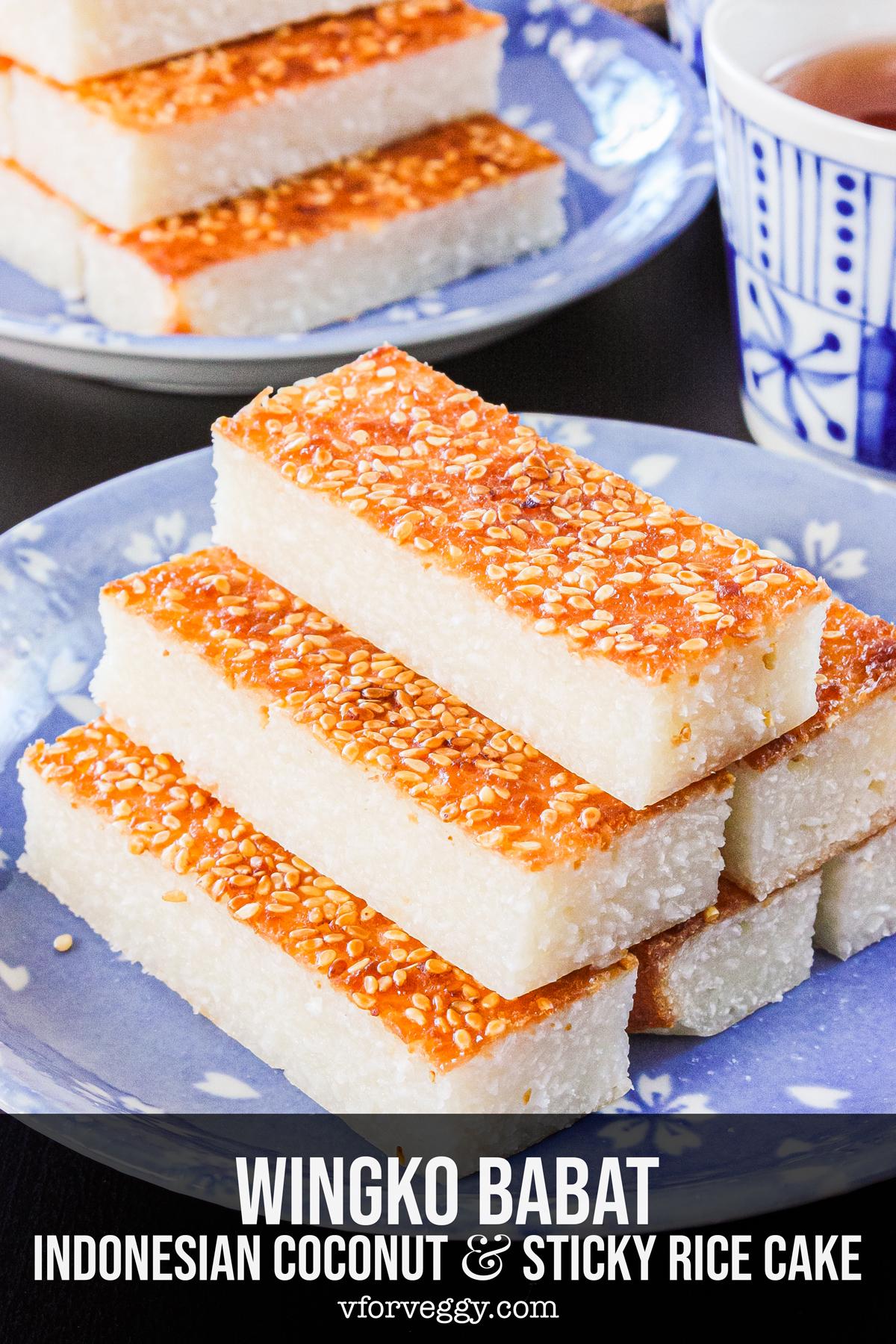
Of course. Here is a 1,200-word article about Rawon from Surabaya.
The Black Diamond of Surabaya: A Deep Dive into Rawon, East Java’s Iconic Black Soup
In the vibrant, sweltering heart of East Java lies Surabaya, Indonesia’s second-largest city. It’s a metropolis of relentless energy, a sprawling tapestry of history, trade, and unyielding spirit. While its streets thrum with the cacophony of modern life, its soul can be found in a bowl. It’s a bowl of soup, but not just any soup. It is dark, almost unnervingly so, with an inky, mysterious blackness that belies a flavour profile of incredible depth and complexity. This is rawon, the culinary crown jewel of Surabaya and a dish that is as much a cultural artifact as it is a meal.
To the uninitiated, a first encounter with rawon can be perplexing. The broth, opaque and black as a moonless night, challenges every conventional notion of what a soup should look like. But one spoonful is all it takes to understand its legendary status. A wave of rich, beefy umami washes over the palate, followed by an earthy, nutty flavour that is at once smoky, slightly bitter, and deeply savory. It is a taste that is ancient, complex, and utterly unforgettable. To understand rawon is to understand a piece of Surabaya itself—its history, its people, and its profound connection to the land.

The Secret in the Shell: The Magic of Kluwek
The defining characteristic of rawon, its dramatic black color and its unique flavour, comes from a single, remarkable ingredient: the kluwek nut. Harvested from the towering Pangium edule tree, native to the mangroves of Southeast Asia, the kluwek is a culinary paradox. In its raw, fresh state, the large seed contains hydrogen cyanide, making it dangerously toxic. It is only through a meticulous, time-honored process of preparation that its magic is unlocked.
The nuts are first boiled and then buried in ash, banana leaves, and earth for over a month. This fermentation process neutralizes the cyanide and transforms the pale flesh inside the hard shell into a thick, black, oily paste. The resulting substance is what gives rawon its signature look and taste. The flavour of processed kluwek is unlike anything else in the culinary world. It carries notes of dark chocolate, black olives, and earthy mushrooms, all wrapped in a profound, lingering umami. It is this ingredient that elevates rawon from a simple beef soup to an icon of Indonesian cuisine. The bumbu, or spice paste, for rawon is a symphony of aromatics ground together, with the kluwek paste taking center stage, blended with shallots, garlic, galangal, lemongrass, turmeric, coriander, and candlenuts to create a fragrant, potent base for the broth.
A Taste of History: From Royal Courts to Street-Side Stalls
The history of rawon is as deep and murky as its broth. Culinary historians trace its origins back to the ancient Kingdom of Majapahit, which flourished in East Java from the 13th to the 16th century. Inscriptions and references in old Javanese manuscripts, such as the Serat Centhini (written in the 18th-19th century), mention a dish called rawon, solidifying its status as a heritage food that has been savored on the island for centuries.

Initially, it was likely a dish enjoyed by Javanese royalty, its complex preparation and rich ingredients befitting a king’s table. However, over time, rawon trickled down from the palaces to the people. In a bustling port city like Surabaya, it found a new home. It became the hearty, fortifying meal of laborers, traders, and everyday families. Its robust flavour and nourishing beef provided the energy needed for a hard day’s work. This transition from a royal delicacy to a staple of the masses cemented its place in the cultural fabric of East Java. Today, every Surabayan family has its own heirloom recipe, a slight variation on the spice blend or cooking technique passed down through generations, each one claiming theirs is the absolute best.
The Surabaya Experience: More Than Just a Bowl of Soup
Ordering rawon in Surabaya is not just about receiving a bowl of soup; it is an interactive culinary ritual. The dish is rarely served alone. A standard serving of Nasi Rawon (rawon with rice) is a constellation of textures, temperatures, and tastes that the diner assembles to their own preference.
The centerpiece is, of course, the bowl of steaming black soup, filled with tender, slow-cooked chunks of beef brisket or shank that melt in the mouth. Alongside it comes a plate of fluffy white rice, the perfect neutral canvas for the powerful broth. But the experience truly begins with the accompaniments, or pelengkap. These are not mere garnishes; they are essential components of the dish.
First, there are the tiny, crisp bean sprouts (toge). Served raw, they are added to the hot soup just before eating, providing a delightful textural contrast and a burst of fresh, clean flavour that cuts through the richness. Next, and perhaps most crucially, is the telur asin, or salted duck egg. The intensely salty, creamy, and slightly grainy yolk is the perfect foil for the earthy notes of the kluwek. A spoonful of broth, a piece of beef, a bit of rice, and a crumble of the salted egg yolk is a bite of pure harmony.

For those who crave a bit of fire, a dollop of sambal terasi is a must. This fiery chili paste, made with shrimp paste, tomatoes, and bird’s eye chilies, adds a pungent, spicy kick that awakens the senses. Finally, for crunch, a handful of golden-brown shrimp crackers (krupuk udang) and a sprinkle of crispy fried shallots (bawang goreng) complete the picture. The act of mixing, matching, and creating the perfect bite is part of the joy of eating rawon.
A Culinary Pilgrimage: Legendary Rawon Stalls of Surabaya
For a true rawon aficionado, a trip to Surabaya is a pilgrimage. The city is dotted with legendary warung (small eateries) that have been serving the iconic soup for decades. Among the most famous is Rawon Setan, which translates to "Satan’s Rawon." The name isn’t a comment on its spiciness but a nod to its original opening hours; it used to open only late at night, catering to the city’s night owls. Today, it’s a bustling institution where patrons slurp down bowls of the dark elixir at all hours.
Another must-visit is Rawon Kalkulator ("Calculator Rawon"). Located in the Taman Bungkul food court, its name comes from the cashiers who tally up the bill with astonishing speed and accuracy, shouting out the total without ever touching a calculator. The rawon here is known for its fragrant broth and generous portions of tender beef. These establishments, and countless other smaller, neighborhood stalls, are not just restaurants; they are cultural landmarks, keepers of Surabaya’s culinary flame.
A Bowl of Identity and Comfort

More than just a dish, rawon is a symbol of East Javanese identity and a source of immense local pride. It is the taste of home, the ultimate comfort food for a Surabayan living abroad. It’s the meal shared during family gatherings, the restorative bowl sought out on a rainy day, and the first thing many visitors are encouraged to try upon arrival.
Rawon tells a story of ingenuity—of turning a poisonous nut into a culinary treasure. It speaks to a history that bridges ancient kingdoms and modern metropolises. It represents a culture that values deep, complex flavours and the communal joy of a shared meal. To sit in a humble warung in Surabaya, the humid air thick with the aroma of spices, and to take that first, transformative spoonful of black soup is to taste the very soul of the city. It is dark, it is deep, and it is, without question, the black diamond of Indonesian cuisine.


Article about Rawon from Surabaya. pictures collections gallery
Article about Rawon from Surabaya. is a nice pictures and stock photo for your computer desktop or your smartphone device (ipad, tablet, blackberry, iphone, and other device) and also for your personal use. Free available for desktop wallpaper or additional image collections for your all needs. And was uploaded by admit at date July 1, 2025. You can download it in your computer by clicking download button to save image... have nice day and have fun guys..
This 1 image in featured post from 0 Photos/images Gallery and awesome picture selections about Article about Rawon from Surabaya. is available to download. "Download & Save" images/pictures/wallpapers now and this Is one of the post that listed in packed to Category is Foods directory, with image dimension/resolution size is 700 × 393 px and size image/picture file is 57 KB with original link post ID is : https://powae.pw/of-course-here-is-a-1200-word-article-about-rawon-from-surabaya/. Get download/save images in post and gallery, "download" images or "preview" it on a bigger image for spesification sample in Large size (full attachment size) here : [Download & View to Large size]. Just Simple way, in thumbnail or in Gallery. *Click images to view Large Size.We collect this wonderful image from online and choose one of the best for you. Pictures collection that posted here was carefully chosen and published by author after choosing the ones which are best among the others. So, ultimately we make it and here these list of best image for your inspiration and informational reason regarding the Article about Rawon from Surabaya. as part of blogsite exclusive updates collection. So, take your time and find the best informations and pictures posted here that suitable with your needs and use it for your own collection and personal use. About Image information: Image has been submitted and You are able to give your opinion as evaluations to our web site value.
Don't forget to comment if you interest with this images, you can share this post to social media like as facebook, twitter, google+, pinterest, stumbleupon, and more. just click social media buttons for share this post Article about Rawon from Surabaya. Now. :)
Thanks for your visit, I hope you happy come to opo wae, wis opo wae, and get what you're looking for. And hope sometimes you will come back again here. All you need to do is help us develop by discussing this Article about Rawon from Surabaya. if you like it "leave your comment". have fun, Thank you.




